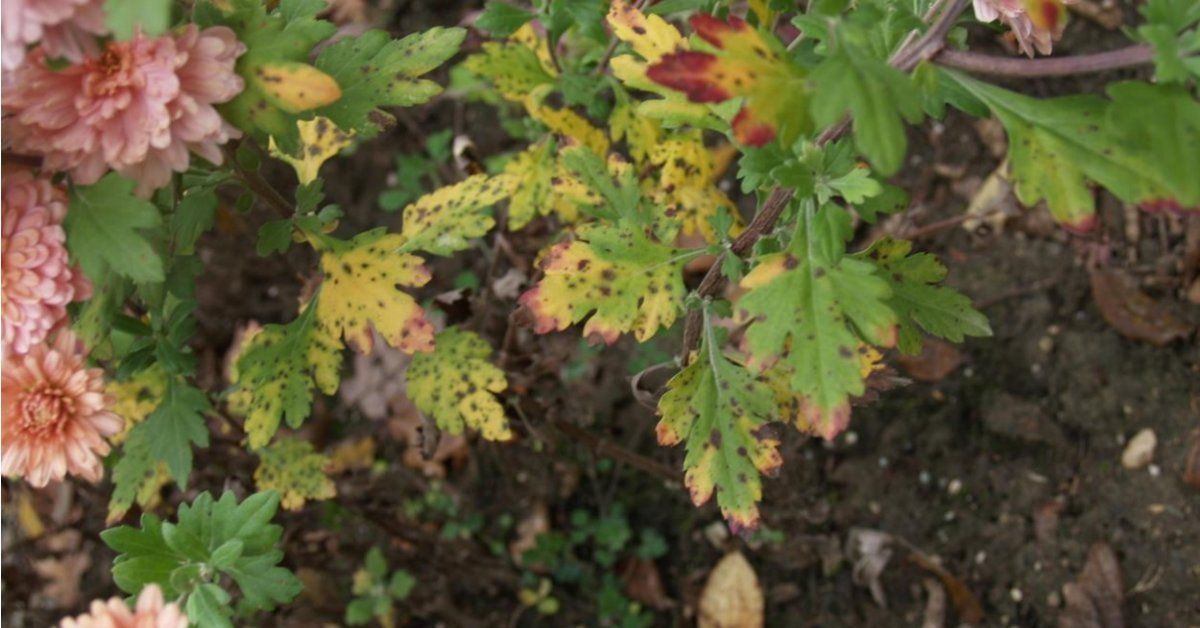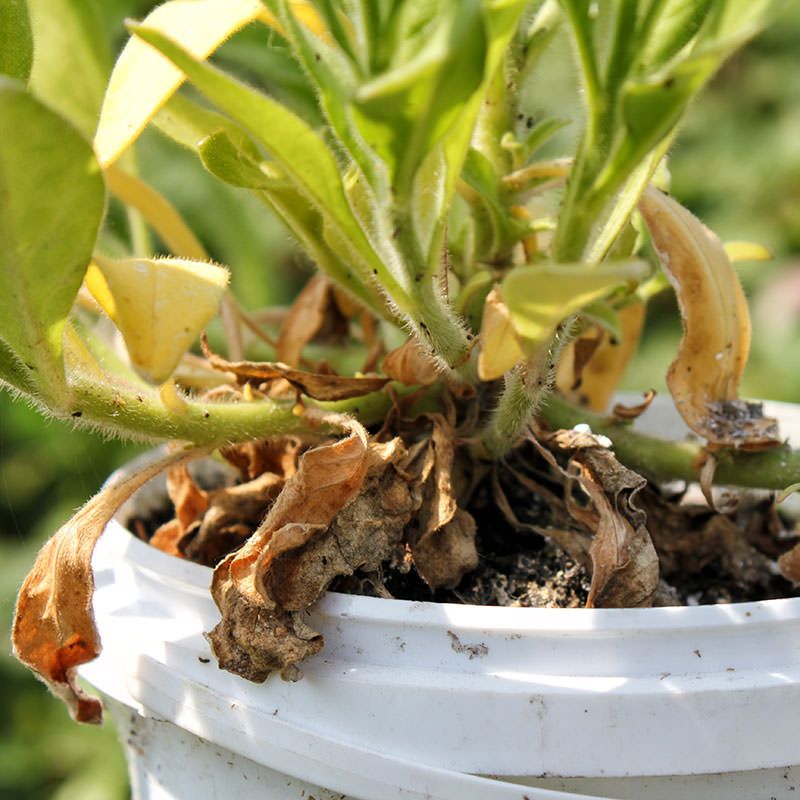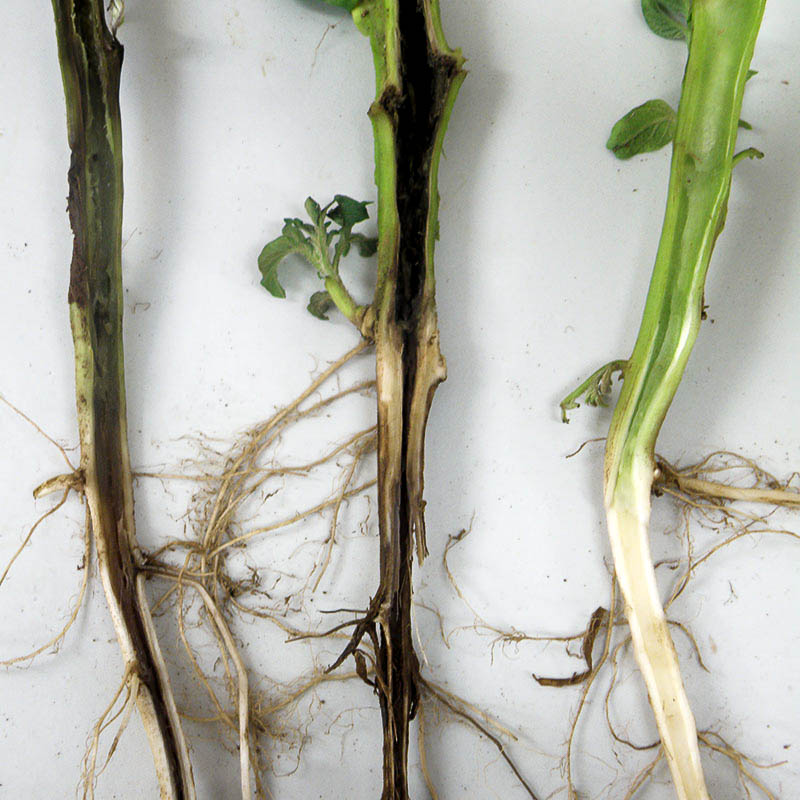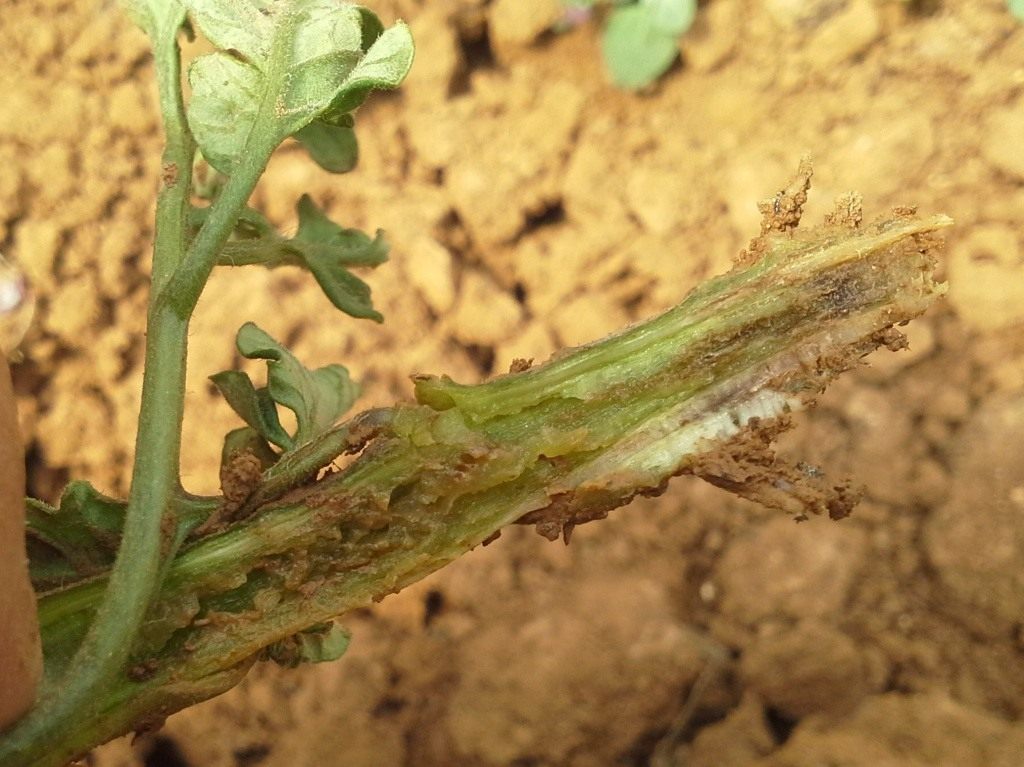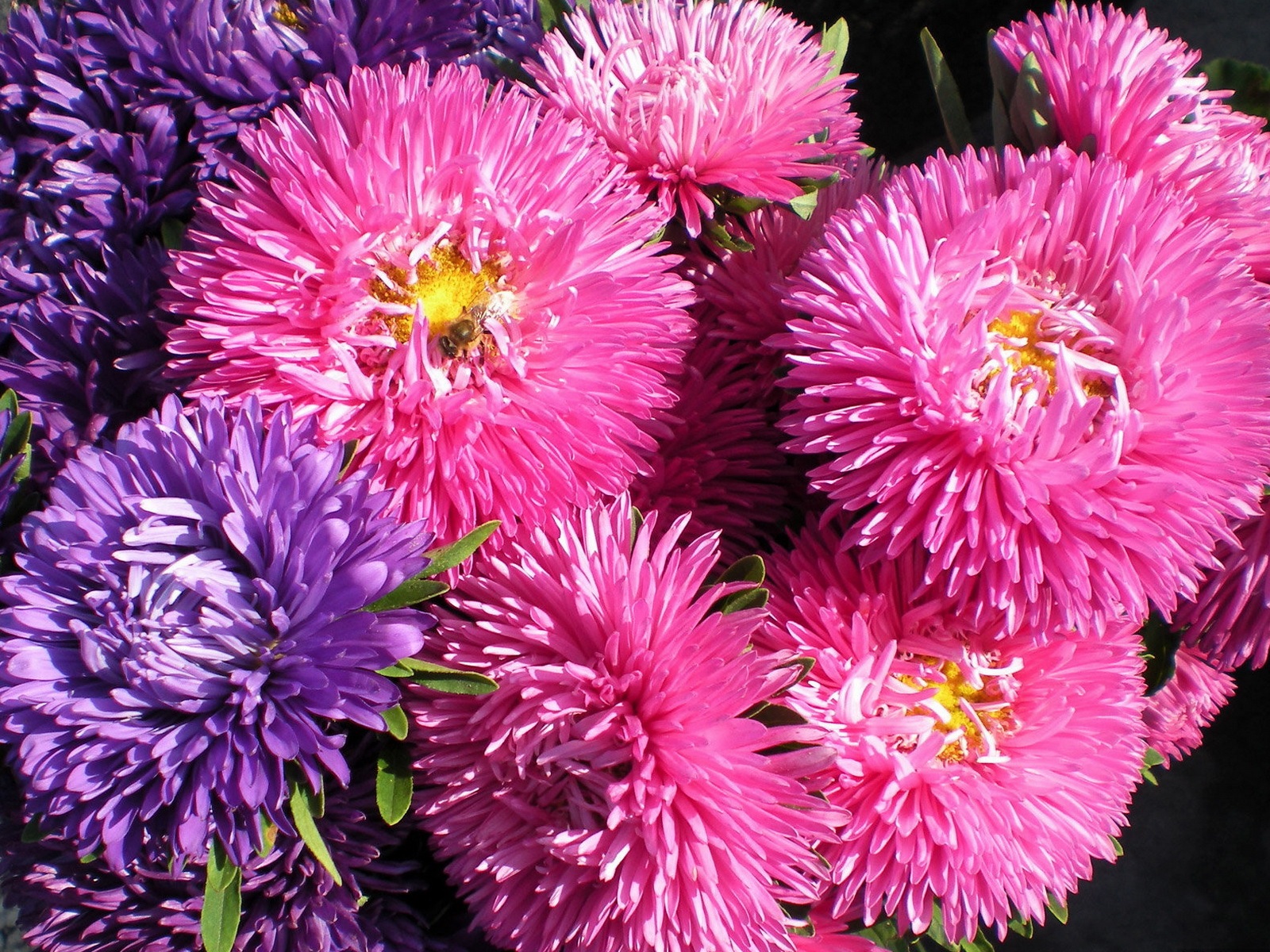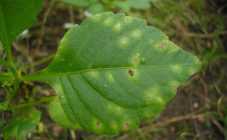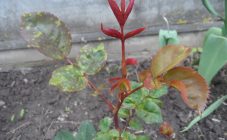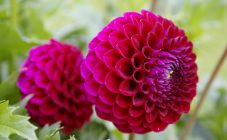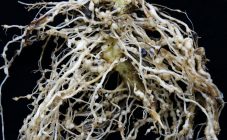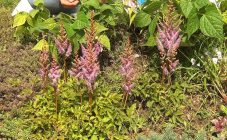Content:
Asters are chosen by both experienced and novice gardeners, as these flowers are considered one of the most resistant to diseases. The appearance of flowers attracts attention with a variety of shades and large bud sizes. The main danger that can spoil the visual image and negatively affect the health of the plant is viruses. Today, 90% of aster diseases are associated with them. In order for the fight to be successful, you need to know the main methods of prevention and the nuances of agrotechnical measures. If the asters begin to wither, they have dark spots on the leaves, or they begin to curl, this means that it is necessary to take measures to eliminate the disease.
Outdoor care for asters
The beautiful flowering of asters is achieved by observing the rules of care after planting plants in open ground. In order for the disease not to befall the flowers, proper care must be taken. This is facilitated by preliminary soil preparation, then a bed is formed. Caring for asters in the open field does not cause difficulties even for novice gardeners. It assumes the following actions:
- timely watering (the soil should not be dry);
- weeding from weeds;
- top dressing;
- fertilizer (if the soil is poor, then several times per season).
The number of measures for caring for asters includes constant loosening.
These flowers require a lot of oxygen for normal development and protection from disease.
Regular weeding and removal of weeds is the best prevention of pest damage to the plant. Also, this stage of care helps to minimize the influence of viruses and bacteria that cause disease. If the question arises, why the planted asters disappear, their leaves dry or turn yellow, you should pay attention to watering - there may be not enough water. When dry weather is established, mulching helps to retain moisture well. This activity can be carried out using dry grass, sawdust or pine needles. This approach will help preserve moisture in the soil, if it is not possible to water the plant on time, then it will not get sick and will continue to grow.
An equally important element of care is feeding. This flower needs minerals, getting them in sufficient quantities, it will not hurt. The main types of dressings:
- superphosphate;
- ammonium nitrate;
- potassium sulfate.
Wood ash also shows good results. It is not recommended to use nitrogen fertilizers. The main reason for the prohibition is that the substance leads to increased leaf formation, the inflorescences, on the contrary, decrease. Methods of fertilizing and dressing - dissolved during irrigation and dry substances.
Why do asters die
Flowers can die for various reasons.Among the main ones are improper care (or lack thereof), the presence of viral or bacterial diseases, the negative impact of pests, primarily slugs. The main reason for the onset of irreversible processes are diseases:
- fusarium wilting;
- black leg development;
- jaundice;
- rust of asters;
- septoria.
At the first manifestation of symptoms, measures should be taken to eliminate the disease. Also, asters quickly die from the attack of a plowed slug. Pests that contribute to the death of the plant:
- common earwig;
- sunflower moth;
- slobbering penny;
- meadow bug;
- spider mite.
The main places where the pest can be found are buds, leaves. If asters die in a flower bed, and the question arises: what to do, you need to check these places. The peculiarity of the influence of insects is that they drink nutritious juices, bite and damage flowers and leaves. As a result, the stems are also damaged.
Digging the soil every season allows you to eliminate them or reduce the negative impact on flowers. To destroy pests, you can use a solution of potassium permanganate and ash.
Leaves wither and dry
Inexperienced flower growers may wonder why asters wither and die while in the open field. This is due in most cases to the impact of a disease called fusarium wilting. The leaves also turn brown, characteristic spots appear. If you do not treat the flower, then it quickly dries up and dies.
Leaves turned yellow
Leaves can turn yellow under the influence of problems such as fusarium wilting, rust, jaundice. Each type of disease requires quick elimination actions, since they all quickly spread to neighboring plants.
Leaves curl
A situation may also arise in which the question arises why the asters die, and their leaves turn yellow, the plant wilted, the leaves curled into a tube. In 90% of cases, the main cause is fusarium.
Dry on the vine
Some diseases of asters lead to the fact that the plant dries up at the root. Negative processes begin under the influence of fungal diseases. The main one is fusarium. In order to get rid of the problem, it is required to remove the damaged plants, transplant the rest to another place.
Blackleg
In some cases, the black leg of an aster is the main problem, how to deal with it, all growers need to know. This problem occurs under the influence of a fungus. As a result of the impact, the stems begin to suffer, and the decay process develops. In most cases, it will not be possible to save the aster, but you can reduce the propagation speed of the blackleg. For this purpose, watering with onion peel infusion is used. Also an effective preventive measure is the diving of seedlings. In the open ground, the soil must be treated with a solution of potassium permanganate, then sprinkled with calcined sand.
Curly leaves
Sometimes in asters, the tops of the leaves begin to curl. This process can be influenced by pests (aphids), insufficient watering or high nitrogen content in the soil. Also, curl is caused by the virus of the same name. Fungi can cause leaf changes.
What to do, how to get rid
If aster leaves curl, yellowing is observed, what to do, you need to know in advance.
Aster transplantation, diving help to eliminate the problem well. If damaged plants are identified, then they must be removed (isolated) from healthy ones. It is recommended to water with disinfectants (potassium permanganate solution).
Aster diseases: treatment, prevention
Various diseases of asters and their proper treatment require recognizing the first symptoms, eliminating them in time. The main diseases that a florist may face:
- fusarium;
- septoria;
- rust;
- blackleg.
As a preventive measure, the soil should be treated with solutions that can remove bacteria and fungi. The best option is watering with a solution of potassium permanganate and fertilizing using ash.
Most often, the plant is affected by fusarium. The disease appears for the following reasons: too much manure is contained in the soil where the asters are planted, the acidity of the soil is increased. An excess of water also triggers a negative process. It is necessary to treat asters in time, as soon as a stain appears on the leaves, or the plant begins to dry out. Ready-made compositions are used as medicines (can be purchased at a flower shop). Transplanting to good dug soil also helps.
How to treat asters from pests
If the question arises why asters die in the open field, then you need to check for pests. Under their influence, the plant can completely dry out, wrinkle. Flowers, buds and leaves are the first to suffer, and the stem and root are also damaged.
It is necessary to collect slugs, spray with special compounds. It is important to dig up the ground in autumn.
An annual plant must be removed, as well as damaged shoots of perennial asters. In order to eliminate aphids, watering is required using a decoction of tomato tops. It must be cooked in a ratio of 3 liters of water to 4 kg of tops. It will take half an hour to cook the components.
It must be remembered that a dense planting method contributes to the accelerated spread of pests.
In order not to let the asters disappear, you need to protect them from late blight. For this purpose, potash types of fertilizers are introduced into the soil. The problem is manifested by the appearance of dark spots on the plant. Phytophthora can develop in different plants - potatoes, strawberries, so it is important to monitor neighboring plantings.
Tips & Tricks
In order to avoid questions as to why asters actively turn yellow and dry out, the rules of agricultural technology of this flower culture must be observed. Watering is an indispensable element of care, since dry soil does not allow nutrients to enter the plant. This process should be frequent, but not profuse. It is recommended to spend up to 20 liters of water per 1 m² in order to comply with the rate.
Another tip that will help asters develop well and be strong is loosening. It should be carried out after watering or 2-3 days after it. Top dressing is best done in several stages. It is better to repeat the procedure 3 times per season. The introduction of saltpeter has a good effect on flowers. It allows the buds to grow better and faster. If the bushes have begun to fade, then you need to look at the soil, since if it is dry, then they do not have enough moisture, but if it is wet, then you need to take measures to eliminate possible diseases and the causes that cause them.
You also need to take into account a simple principle - everything is good in moderation, therefore it is not recommended to introduce a large amount of organic matter into the ground as fertilizer. If a brown or gray bloom appears on the leaves and is not going to disappear, then with a high degree of probability the problem is that the plant is affected by the influence of phytophthora, so you need to take measures to eliminate it.

